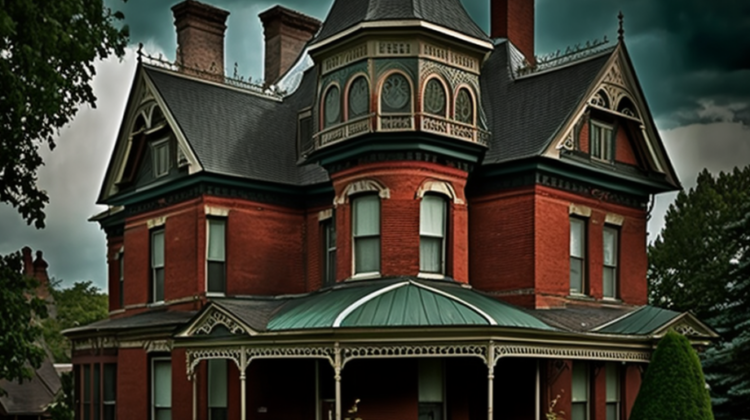
Older and historic homes have a unique charm differentiates them from modern buildings. These properties are a treasure trove of architectural beauty, from intricate woodwork to ornate details. However, homeowners face unique challenges when it comes to maintaining and renovating these homes. One of the most critical components of any house is the roof. The suitable roofing material can enhance the home’s aesthetic appeal and offer superior protection from the elements. This article will discuss the various factors to consider when choosing the right roof for historic or older homes.
- Style and Aesthetics: One of the primary considerations when choosing a roof for an older or historic home is style and aesthetics. Older homes typically have a particular architectural style, such as Victorian, Colonial, or Craftsman. The roofing material you choose should complement the style of the house to enhance its overall appearance. For instance, a slate or clay tile roof can give it an authentic and classic look if you have a Victorian-style home. Similarly, a clay or concrete tile roof would work well if you have a Mediterranean-style home.
- Durability and Longevity: Another crucial factor to consider is the durability and longevity of the roofing material. Historic or older homes require a roofing material that can withstand the test of time and harsh weather conditions. Roofing materials like slate, tile, and copper are incredibly durable and can last centuries with proper maintenance. On the other hand, asphalt shingles have a relatively shorter lifespan of around 20-30 years.
- Maintenance and Repair Older: Homes also require regular maintenance and repairs to keep them in good condition. Choosing a roofing material that is easy to maintain and repair can save you time and money in the long run. For example, while slate and tile roofs are durable, they can be challenging to improve, and the maintenance cost can be relatively high. On the other hand, asphalt shingles are relatively easy to repair and maintain, but they may require more frequent replacements.
- Energy Efficiency Energy: efficiency is becoming an increasingly important consideration for homeowners, and historic or older homes are no exception. The suitable roofing material can help keep your home cooler in the summer and warmer in the winter, reducing energy bills. For instance, metal roofs are known for their excellent energy efficiency, which can help reduce your energy costs by up to 25%.
- Local Building Codes: Finally, it’s crucial to consider the local building codes and regulations when choosing a roofing material. Some areas have strict building codes that specify the type of roofing material that can be used on historic or older homes. For instance, wood shingles are not permitted in some regions due to fire safety concerns. Before selecting a roofing material, check with your local building department to ensure that you comply with all the relevant regulations.
Choosing the right roof for a historic or older home requires careful consideration of several factors. The roofing material should complement the style and aesthetics of the house, be durable and long-lasting, easy to maintain and repair, be energy-efficient, and comply with local building codes. By considering these factors, you can choose a roofing material that enhances the beauty and value of your historic home while providing superior protection from the elements.
